You Can Group by the Following Aggregate Functions Except:
SUM and AVG functions only work on numeric data. SUM is an aggregate function because it produces one result per group of data.
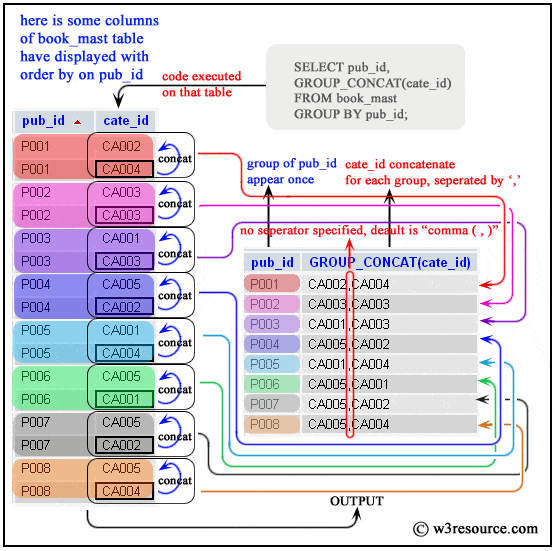
Mysql Group Concat Function W3resource
All aggregate functions are deterministic.
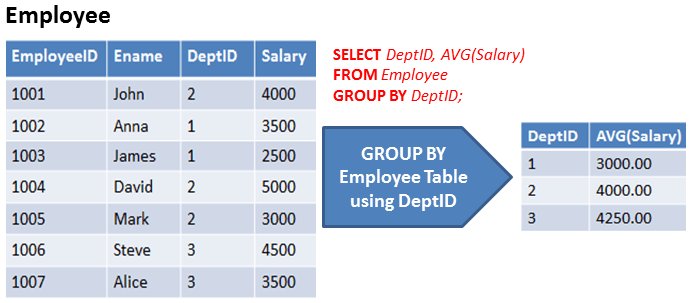
. An aggregate function in SQL returns one value after calculating multiple values of a column. SUM is a group by extension function because it uses GROUP BY clause to logically group the departments. Except for the COUNT function aggregate functions ignore null values.
Null values and SAS missing values are not considered in the operation except for the COUNT syntax of the COUNT function. In the listing of aggregate functions at the end of this section the functions that allow the windowing_clause are followed by an asterisk All aggregate functions except COUNT GROUPING and GROUPING_ID ignore nulls. Tap again to see term.
Click again to see term. In this case oracle wants you to tell what to do with these columns ie. Any time you want to be able to add to the definitions of two or more aggregate window functions.
Aggregate functions should only be used as expressions in the following cases. A SELECT statements select list either a. All of the aggregate functions ignore null values except for which function.
They are almost always used with GROUP BY to create the subsets with WHERE before GROUP BY to set criteria before calculating and HAVING after GROUP BY to set criteria for the calculated results. Which of the following aggregate functions could you use to get a field total. We often use aggregate functions with the GROUP BY and HAVING clauses of the SELECT statement.
Aggregation is used to perform a calculation over some group of records. Which of the following is NOT an aggregate function. If the aggregate function is processed in a GROUP BY statement the aggregate function returns a single result for each group.
The grouping and aggregate function choices available in the drop-down in the Total row in Access include Group By for grouping fields and a variety of standard aggregate functions. This means aggregate functions return the same value any time. You cannot use aggregate functions in a WHERE clause or in a JOIN condition.
All of the aggregate functions ignore null values except for the _____ function. You can use the NVL function in the argument to an aggregate function to substitute a value for a null. What is an Aggregate Function in SQL.
The ALL keyword includes even duplicates. STDDEV STDDEVP VAR and VARP functions are specifically related to financial and statistical calculations. SUM is a single row function because it returns single value for a group ie.
I am taking a first course on SQL since 3 weeks learned today that per SQL standards it is not possible to return the result on an aggregate function count in the same result with listed results like SELECT name FROM table unless you would add a GROUP BY clause on the aggregate function. The following are the commonly used SQL aggregate functions. You have group by clause at the end on all the columns except for Ind_Part_Tran_Dr_RBU Ind_Part_Tran_Cr_RBU Ind_Part_Tran_Dr_FCDU Ind_Part_Tran_Cr_FCDU.
Click card to see definition. You can use the NVL function in the argument to an aggregate function to substitute a value for a null. You often use the GROUP BY in conjunction with an aggregate function such as MIN MAX AVG SUM or COUNT to calculate a measure that provides the information for each group.
Tap card to see definition. MAX returns the maximum value in a set. You can also use aggregate functions without using a GROUP BY clause.
MySQL applies this condition after it groups the rows that satisfy the search condition. Based on which function it has to aggregate them for every group it finds. However a SELECT statement with aggregate functions in its select list often.
Aggregate functions include AVG COUNT MIN MAX SUM and more. Any time a SELECT statement includes two or more aggregate window functions that use the same partitions. SELECT AVG Amount FROM Opportunity.
Except for the STRING AGG GROUPING and GROUPING ID functions the OVER clause can be used after any aggregate process. COUTN Write an aggregate expression to find the latest date in the InvoiceDate column. MySQL supports all the five 5 ISO standard aggregate functions COUNT SUM AVG MIN and MAX.
AVG returns the average of a set. MIN returns the minimum value in a set SUM returns the sum of. For example you could use the AVG aggregate function to find the average Amount for all your opportunities.
When using GROUP BY aggregate function results will be shown for all unique combinations of values of the group by fields including nulls. The standard aggregate functions are MIN MAX AVG SUM and COUNT. MAXInvoiceDate When coding a query with two columns in the GROUP BY clause you can insert a summary row for each major group by coding with operator.
The _____ clause specifies a search condition for a group or an aggregate. Selecting groups of data. An aggregate function ignores NULL values when it performs the calculation except for the count function.
Aggregate functions are frequently used with the GROUP BY clause of the SELECT statement. If you want to exclude duplicate values from the aggregate function results use the DISTINCT keyword. Any time a SELECT statement includes two or more aggregate window functions.
In the listing of aggregate functions at the end of this section the functions that allow the windowing_clause are followed by an asterisk All aggregate functions except COUNT GROUPING and GROUPING_ID ignore nulls. The following illustrates the syntax of the GROUP BY clause. The five most common aggregate functions that will be discussed in this article are the COUNT AVG MIN MAX and SUM.
One row is returned for each group. The four remaining aggregate functions. Aggregate functions perform a calculation on a set of values and return a single value.
There is also an Expression choice which you can choose for query fields where you create a calculated field in a summary query and want it excluded from being used for grouping. The aggregate functions can be used in a select list as in the previous examples or in the HAVING clause of a select statement that includes a GROUP BY clause. See The HAVING clause.
COUNT returns the number of items in a set. You can code the _____ function with the DISTINCT keyword followed by the name of the column. If nothing is specified the ALL is assumed as the default.
Is constructed the same way as the WHERE clause except that it uses aggregate functions rather than fields.
How To Aggregate Data Using Group By In Sql Updated

Forgotten T Sql Cheat Sheet Cheat Sheet Sql Cheat Sheet Cheat Sheets Sql

How To Fix The Error Column Is Invalid In The Select List Because It Is Not Contained In Either An Aggregate Function Or The Group By Clause Appuals Com

Sql Group By Having Clauses Tutorial Datacamp

This 2 Page Sql Window Functions Cheat Sheet Covers The Syntax Of Window Functions And A List Of Window Functions Download It Sql Cheat Sheets Sql Cheat Sheet
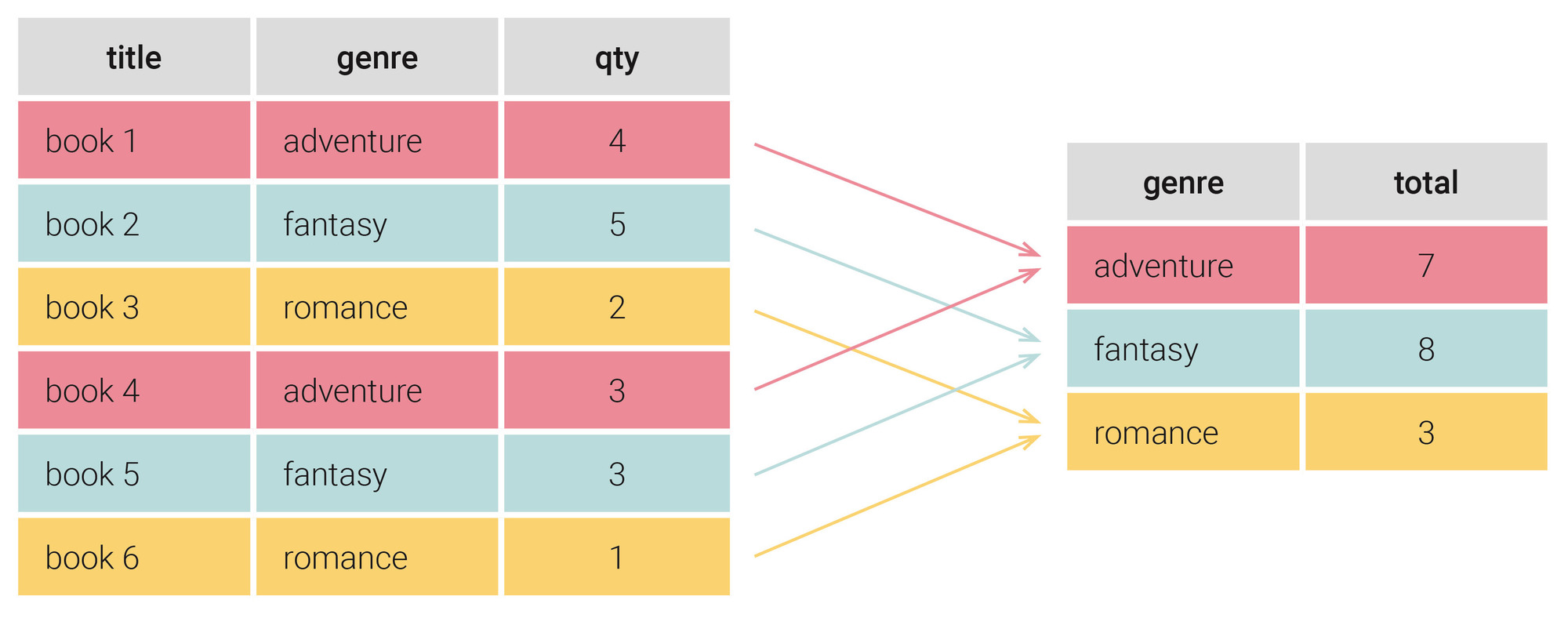
Group By In Sql Explained Learnsql Com

How To Fix The Error Column Is Invalid In The Select List Because It Is Not Contained In Either An Aggregate Function Or The Group By Clause Appuals Com
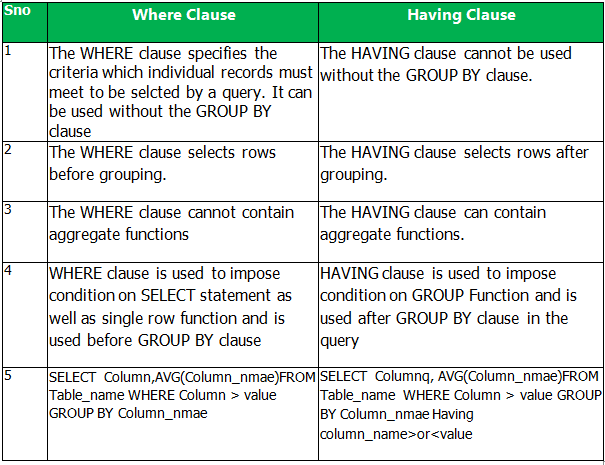
Sql Group By Having Clauses Tutorial Datacamp

Which Of The Following Is A Sql Aggregate Function Pirple Dev Webdev Learntocode Coding Code Sql Learn To Code Html Css

Grouping Or Summarizing Rows Power Query Microsoft Docs

An Overview Of Postgresql Aggregate Functions By Examples

Aggregate Functions Group By Clause And Having Keyword In Sql Sql Server Interview Questions Youtube
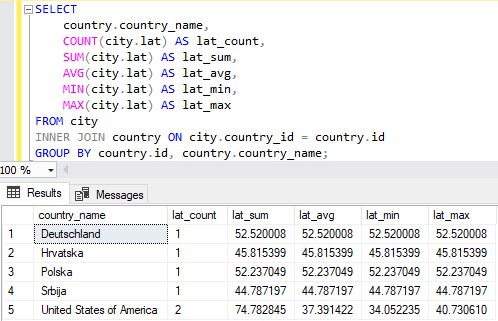
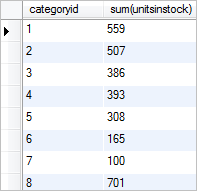
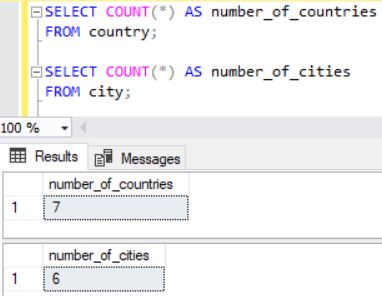
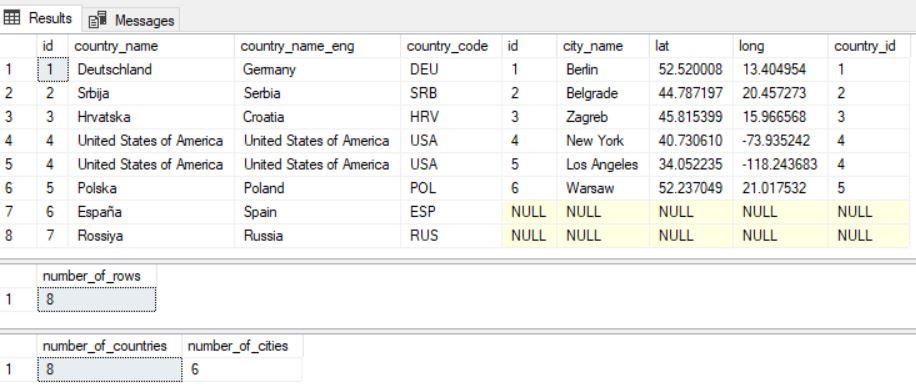
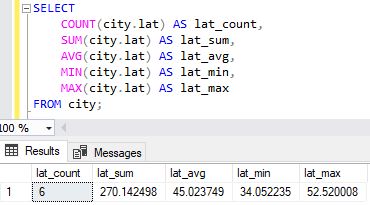

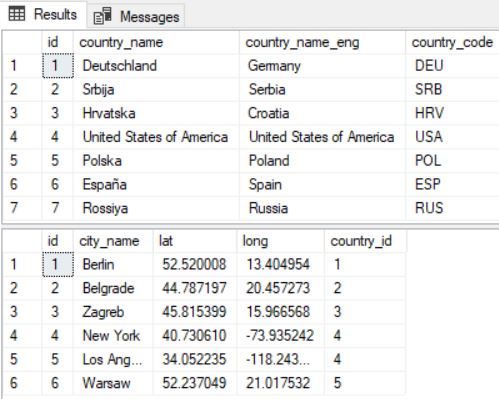
Comments
Post a Comment